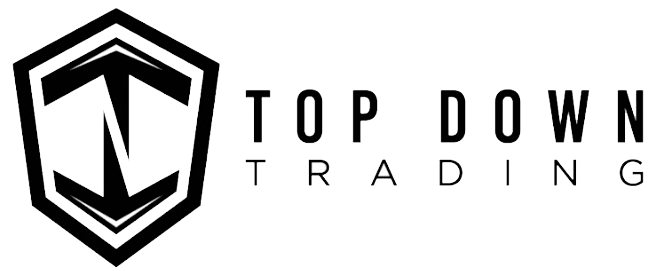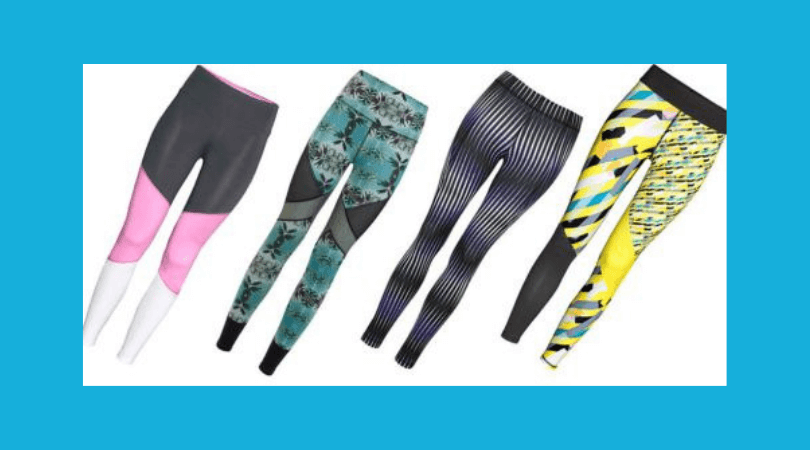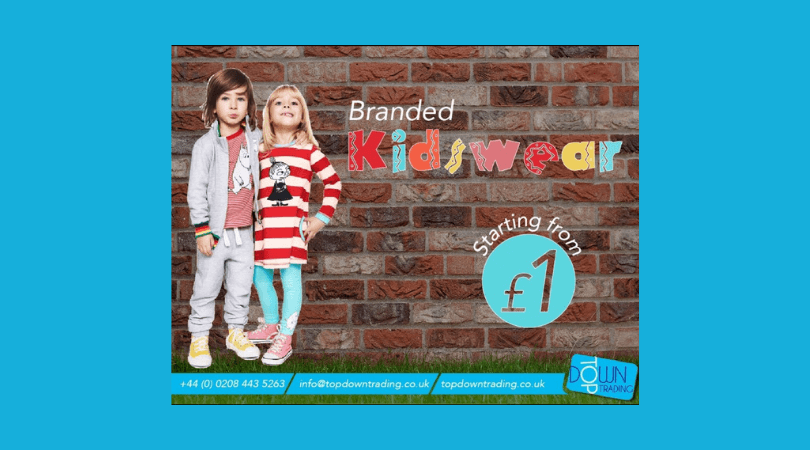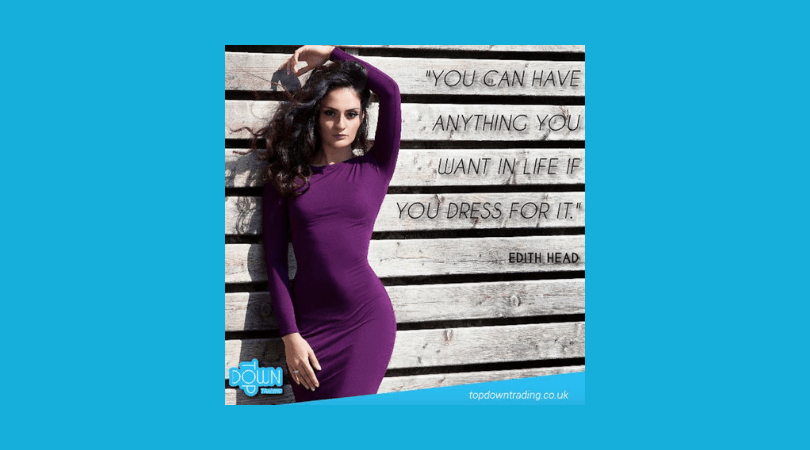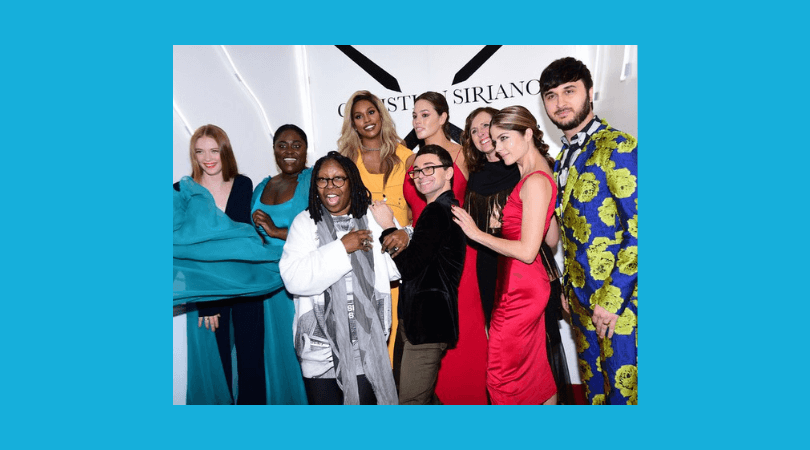Starting a fashion business can be very rewarding, but also demanding, as you’ll need to juggle many balls to get the business launched and trading successfully. Research and planning are key. With a large amount of competition out there, it’s essential to have a business strategy in place, and clear brand positioning.
Alison Lewy shares 10 things you need to do when starting a new fashion business.
Starting a Fashion Business Check List
1. Create a business plan:
A business plan is your personal roadmap outlining your goals, visions, and objectives and not just needed for raising finance. It will be central to your business development and a useful tool to measure your progress against your projections.
2. Work out your startup costs:
You need to know how much finance you’ll need to start up and run the business until it starts generating income. Don’t forget to include the cost of your sample collection, any special equipment needed, marketing materials, website, trademark and professional fees, insurance, and any deposits required for rent or utilities.
3. Check out your competitors:
Don’t be afraid of competition as it proves there’s demand for your type of product. You can learn a lot by analyzing your competitor’s business model, and it’ll help you identify what your own unique selling proposition (USP) will be to differentiate your label from other, comparable brands.
4. Create a strong brand:
Branding is central to the way the public perceives your label. Your customers should develop an emotional connection, and brands that create a strong identity across all their communication channels, are the ones most likely to endure.
5. Trademark your brand:
Your brand name is one of your most valuable assets, so it’s important to protect it. The easiest way is by registering it as a trademark, however before you invest in trademarking and in your brand collateral, make sure you check your chosen name isn’t registered by someone else!
6. Understand your target customer/s:
Create a profile for each type of potential customer including demographics, shopping and lifestyle habits. This information will be useful when creating your product range and inform your marketing strategy. If you’re selling at wholesale, analyze the buying patterns and brands stocked by the retailers you wish to sell to.
7. Plan your collection:
It’s tempting to get carried away when designing a collection, but for the first few seasons it’s better to offer a tight, focused selection, rather than try to please everyone. It will be easier to produce too! You can diversify and expand once you’ve built your reputation and have sales history to base decisions on.
8. Start looking for manufacturers ASAP:
Often the hardest part of a fashion business is finding factories to produce your samples and production. It can take time to identify suppliers that can meet your requirements, but until you do, you won’t be able to know if you can produce your products at a cost that lets you make enough of a profit margin.
9. Keep a tight control of your finances:
Monitor your cash flow on a regular basis. This will help you foresee any potential problems arising and allow you to find solutions, rather than suddenly being faced with not being able to pay your bills or suppliers.
10. Embrace networking:
You’ll need all the help you can get, so think about joining groups where you can meet and forge collaborations with other like-minded designers and entrepreneurs. Always carry business cards with you and always ask for one, so you can start to build your own database of useful contacts.
Starting a fashion business isn’t easy, but with passion, drive and a clear vision it can be one of the most exciting and fulfilling industries to work in.
